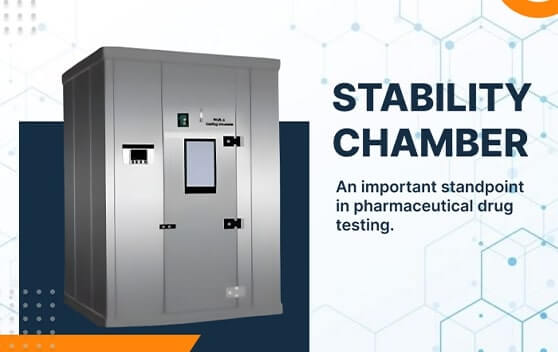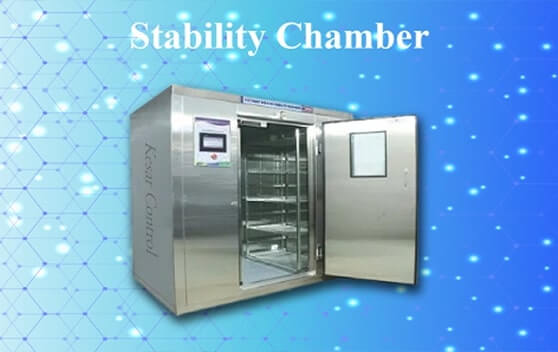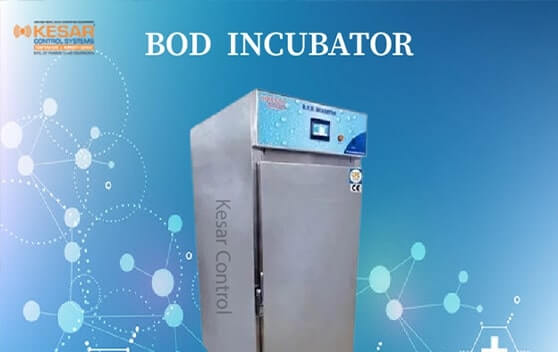From Batch to Batch Consistency: The Role of Stability Chambers in Quality Control
Why Does Batch-to-Batch Consistency Matter in Pharmaceuticals?
In the highly regulated field of pharmaceuticals, batch-to-batch consistency is paramount. It ensures that each manufactured batch of a drug meets the same high standards of quality, safety, and efficacy as previous batches. Inconsistent batches can lead to significant variations in drug potency, which can adversely affect patient health outcomes. For instance, a slight decrease in the potency of a lifesaving medication could result in treatment failure, while increased potency could lead to severe side effects or toxicity. Thus, maintaining rigorous batch consistency is not merely a best practice; it is a crucial obligation for pharmaceutical manufacturers dedicated to safeguarding public health.
The Role of Quality Control
Quality control (QC) is a systematic process that pharmaceutical companies employ to ensure that their products consistently meet predetermined specifications and quality standards. It encompasses a wide range of activities, including raw material inspection, in-process checks, and final product testing. Central to these QC activities is the utilization of stability chambers, which provide the controlled environments necessary for evaluating how environmental factors influence the stability and integrity of pharmaceutical products. This article delves into the integral role of stability chambers in achieving batch-to-batch consistency and reinforcing the overarching framework of quality control in the pharmaceutical industry.
Understanding Stability Chambers
What Are Stability Chambers?
Stability chambers are specialized equipment designed to create and maintain controlled environmental conditions to evaluate the stability of pharmaceutical formulations over time. These chambers are equipped with advanced technology to regulate and monitor temperature, humidity, and light exposure, which are critical factors that can influence a drug's chemical and physical properties. By simulating various storage conditions, stability chambers help manufacturers assess how products will perform under real-world conditions throughout their shelf life, thereby informing product formulation and packaging decisions.
Different Types of Stability Chambers
Temperature and Humidity Controlled Chambers
Temperature and humidity controlled chambers are essential for stability testing, as they allow manufacturers to recreate the specific environmental conditions that products may encounter during storage and transportation. These chambers maintain precise temperature ranges (typically between 10℃ to 60℃) and humidity levels (between 25% to 90% relative humidity) to ensure that tests accurately reflect real-world scenarios. By conducting stability tests under these controlled conditions, manufacturers can evaluate the impact of environmental factors on the drug's stability, determining how long the product can be expected to maintain its quality and efficacy.
Photostability Chambers
Photostability chambers are specialized for testing products that are sensitive to light exposure. These chambers simulate various light conditions, including ultraviolet (UV) and visible light, to assess how these factors affect a drug's stability over time. Light exposure can lead to chemical degradation, resulting in reduced potency or the formation of harmful degradation products. By utilizing photostability chambers, manufacturers can identify formulations that are robust against light exposure, thus ensuring that products remain safe and effective throughout their shelf life.
Why Batch Consistency Is Essential
Ensuring Quality and Safety
Ensuring batch consistency is not only vital for maintaining quality but also for ensuring patient safety. Inconsistent batches can lead to variations in the active pharmaceutical ingredient (API) concentrations, which may result in subtherapeutic dosing or overdosing. This variability can undermine the therapeutic efficacy of the drug, putting patients at risk. Furthermore, stringent consistency in manufacturing processes helps build trust among healthcare professionals and patients, reinforcing the integrity of the pharmaceutical company and its products.
Meeting Regulatory Standards
Pharmaceutical manufacturers are held to rigorous standards by regulatory bodies such as the U.S. Food and Drug Administration (FDA) and the International Council for Harmonisation (ICH). These organizations set forth guidelines that emphasize the importance of batch consistency in ensuring product safety and efficacy. Regulations mandate that manufacturers conduct thorough stability testing, including long-term and accelerated studies, to demonstrate that each batch meets the required quality standards. Compliance with these regulations is essential for gaining market approval and maintaining the trust of healthcare providers and patients.
How Stability Chambers Contribute to Quality Control
Accelerated Stability Testing
Accelerated stability testing is a critical aspect of quality control that involves subjecting pharmaceutical products to heightened stress conditions, such as elevated temperatures and humidity levels over a shortened timeframe. This approach allows manufacturers to observe potential degradation pathways and predict a drug's shelf life more quickly than traditional long-term stability studies would allow. By understanding how a product behaves under stress, manufacturers can make informed decisions about formulation adjustments, storage conditions, and expiration dating, ultimately enhancing product reliability.
Long-Term and Real-Time Stability Testing
Long-term stability testing is conducted to evaluate a drug's performance throughout its intended shelf life, typically extending beyond one year. In contrast, real-time stability testing monitors the product under actual storage conditions, providing insight into how environmental factors influence stability over time. Both methods are crucial for maintaining product integrity and ensuring that medications remain safe and effective from production through to expiration. These stability testing approaches not only inform manufacturers but also provide crucial data for regulatory submissions and product labeling.
Factors That Affect Stability Testing
Environmental Influences
Environmental factors, including temperature fluctuations, humidity levels, and exposure to light, can significantly affect the stability of pharmaceutical products. For example, elevated temperatures can accelerate degradation reactions, while excessive humidity can lead to hydrolysis or caking in solid dosage forms. Understanding these environmental influences is essential for designing effective stability testing protocols that accurately reflect the conditions products may face during storage and transport.
Role of Ingredients
The composition of pharmaceutical formulations, encompassing both active and inactive ingredients, plays a pivotal role in determining a product's stability. Certain excipients may interact with active ingredients, leading to unforeseen stability issues. For instance, some preservatives may degrade in the presence of specific APIs, potentially compromising product integrity. Conducting comprehensive formulation studies allows manufacturers to identify optimal ingredient combinations and mitigate risks associated with ingredient interactions, ultimately enhancing the stability and performance of the final product.
Conclusion
In conclusion, stability chambers are integral to the quality control processes within the pharmaceutical industry, facilitating batch-to-batch consistency and ensuring product integrity. By understanding the different types of stability chambers, the critical importance of consistency, and the various factors influencing stability testing, manufacturers can uphold the highest standards of safety and efficacy in their products. As the pharmaceutical landscape continues to evolve, the role of stability testing in quality control remains indispensable, ensuring that patients receive safe, effective, and reliable medications.







